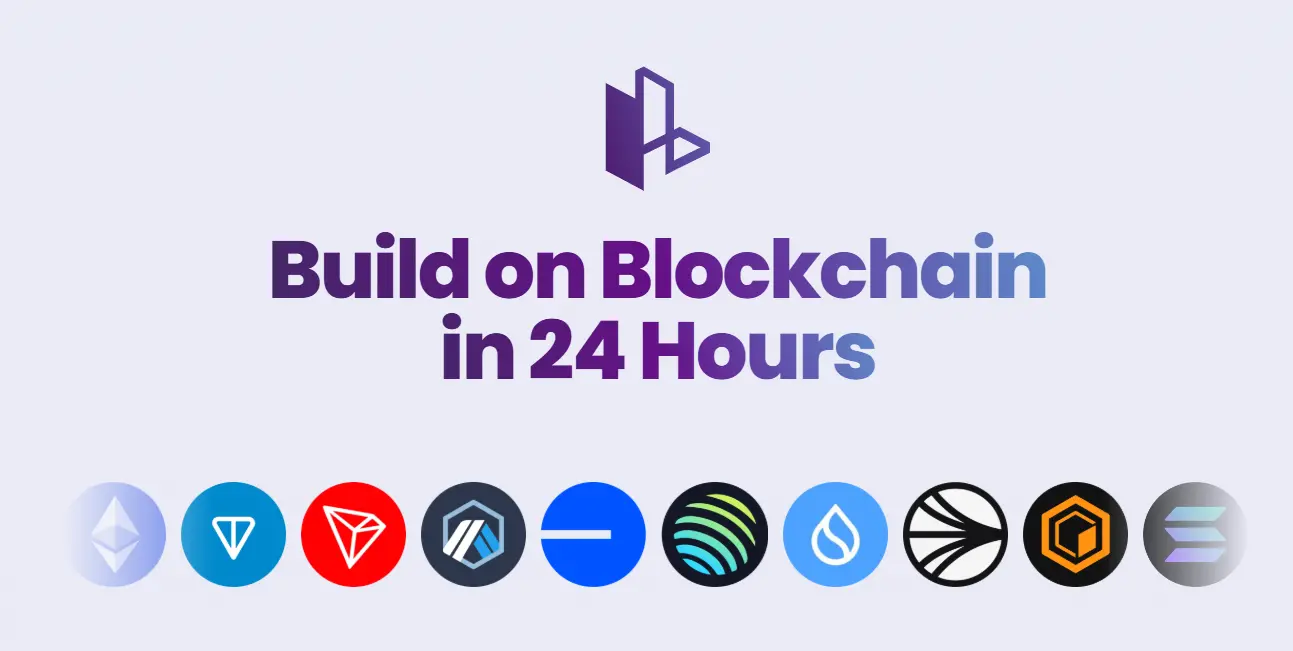Hack VC Partner: The project applies better liquidity management and task incentives to solve the issue of large token unlocks
Author: Ro Patel
Compiled by: Deep Tide TechFlow
The Current State of Token Distribution
A trend in the current market cycle is the issuance of tokens with high valuations and low initial circulating supply (i.e., "low circulation/high fully diluted valuation (FDV) tokens"), raising concerns in the crypto community about the sustainability of price increases for public market investors. A significant amount of tokens is expected to be unlocked by 2030, which could lead to potential selling pressure unless demand increases.
Historically, contributors to protocol networks typically receive a certain percentage of the fully diluted supply of tokens, which are distributed according to a specific vesting schedule. Contributors should be adequately compensated while balancing the interests of other stakeholders, particularly public market token investors. This is crucial because if the proportion of allocated tokens to the token's market value and available liquidity is too high, the allocation event could negatively impact the token price, harming the interests of all token holders. On the other hand, if contributors are not adequately compensated, they will lack the motivation to continue working on the project, which will ultimately also harm the interests of all holders.
Classic token distribution parameters include: percentage of tokens allocated, cliff period, duration of distribution, and payment frequency. All these parameters operate solely in the time dimension. However, merely using the typical parameters above limits the scope of solutions to a narrow dimension; introducing new parameters can unlock previously untapped value.
In this article, I propose adding a liquidity or milestone-based dimension to optimize and improve the most common token distribution models we have today.
Liquidity
Consider adjusting the liquidity token distribution plan, which expands the normal distribution structure by introducing a new parameter: liquidity. Defining liquidity is not an exact science, and there are many ways to quantify it.
One measure of liquidity is the availability of buyer depth for the token on-chain and on centralized exchanges (CEX). The cumulative total of all buyer depth has a nominal value, which we can call "bLiquidity" (buyer liquidity).
Contributors can add an additional parameter to their allocation terms, namely "bLiquidity percentage" or "pbLiquidity," which theoretically can range from 0 to 1.
When a distribution request is initiated, the contract can output: min (the tokens to be claimed under normal distribution output, pbLiquidity * bLiquidity * token unit FDV).
Here’s an example to illustrate this: suppose a token has a total supply of 100, with 12% (12 tokens) allocated to contributors in the distribution, and the token price is $1 each. Assume linear distribution over 12 months from the token generation event, with no cliff period, and for simplicity, the token price remains constant. Typically, the distribution would allow for the redemption of 1 token per month, disregarding other factors. Now, suppose 20% of pbLiquidity is allocated in the distribution, and the bLiquidity is at least $10 over the 12 months. In the first month of the distribution, the contract will look at the $10 bLiquidity value, multiply it by the 20% pbLiquidity value, resulting in $2. According to the above function, 1 token will be distributed normally since 1 token * $1 is less than $2. However, if the bLiquidity value is changed to $2, then 20% of $2 is $0.40, meaning instead of distributing 1 token worth $1, it would distribute 4/10 of a token. This is the liquidity-adjusted distribution.
Advantages
- Previously, distribution requests only concerned time, perhaps only indirectly considering whether there was enough liquidity to absorb the distribution at a given price. This structure explicitly states that contributors should focus on building liquidity for their tokens and aligns this goal with specific incentives.
- Token holders not included in the distribution (i.e., market buyers before the unlock date) can rest assured that a single distribution request will not cause a price crash in thin liquidity. Previously, public token holders could only trust the integrity and intentions of those claiming tokens. With this improvement, they now have clear reasons to feel secure.
Disadvantages/Challenges
- If the token never achieves sufficient liquidity, this could lead to volatility in contributor payments and potentially significantly extend the distribution period.
- This complicates the simple payment frequency that contributors are accustomed to.
- This could incentivize false buyer liquidity. However, there are many ways to address this issue. For example, considering bLiquidity within a certain mid-price percentage range or having LP positions with certain time-locking elements.
- Individuals can claim tokens from the distribution but not sell them immediately, allowing them to accumulate a large balance. Later, they might sell all tokens at once, which could significantly impact liquidity and lead to a drop in token price. However, this scenario is similar to someone gradually acquiring a large amount of liquid tokens. The risk of large concentrated liquid token holders selling and causing price drops always exists.
- Obtaining bLiquidity values in a trust-minimized way on decentralized exchanges is easier than on CEX, where order book data is published by the CEX itself.
Before discussing the milestone-based dimension, how can projects ensure sufficient liquidity to support a reasonable distribution plan? One idea is to reward locked LP positions with incentives. Another is to attract liquidity providers. As we wrote in “10 Things to Consider When Preparing for Your Token Generation Event (TGE),” attracting liquidity providers can help create a stable market by borrowing tokens from the project's liquidity pool and pairing them with stablecoins on exchanges.
Milestone-Based Distribution
Another dimension that can improve token distribution plans is milestone-based. Milestones, such as user count, trading volume, protocol revenue, total value locked (TVL), and other data points, capture the overall appeal of the protocol through quantifiable numbers.
Naturally, the protocol can set binary thresholds or gradients for the above parameters that account for the distribution plan. For example, a protocol must have over $100 million in TVL, more than 100 daily active users, and/or over $10 million in 90-day average daily trading volume to receive 100% of the relevant distribution at normal times. If these requirements are not met, the distribution amount either completely stops (binary) or is proportionally reduced relative to the initial threshold target (gradient). Between binary and gradient, the gradient approach seems more sensible.
Advantages
- This milestone-based approach ensures that the protocol has a certain appeal and liquidity at the time of distribution, leading to a healthier protocol over time.
- The milestone-based approach places less emphasis on time.
Disadvantages/Challenges
- Certain statistics such as active users and trading volume may be manipulated. The TVL metric is less susceptible to manipulation but may be less important for more capital-efficient protocols. Revenue is also harder to manipulate, but certain activities like wash trading can translate into more fees and revenue, thus still being manipulable in a sense.
- When assessing the potential for manipulation, it is important to consider the incentives. Teams and investors (i.e., anyone involved in the distribution plan) have incentives to manipulate statistics. Public market buyers are less likely to manipulate statistics as they have little reason to push for accelerated distributions. Additionally, strong token collateral terms in off-chain legal agreements can significantly mitigate malicious behavior from incentivized parties. For example, if team members or investors are found to be wash trading or inflating user activity, they may lose their tokens, setting severe penalties for rule violators.
Conclusion
The current market trend of high valuations and low initial circulating supply tokens raises concerns about the sustainable returns for public market investors. Traditional time-based distribution plans may not fully address the complexities of token liquidity issues and market conditions. By integrating liquidity and milestone-based incentive dimensions into the distribution plan, projects can better align incentive mechanisms, ensure sufficient market depth, and enhance genuine appeal. Although these methods introduce new challenges, the benefits of stronger distribution mechanisms are significant. With careful safeguards, these optimized distribution models can enhance market confidence and create a more sustainable ecosystem for all stakeholders.









